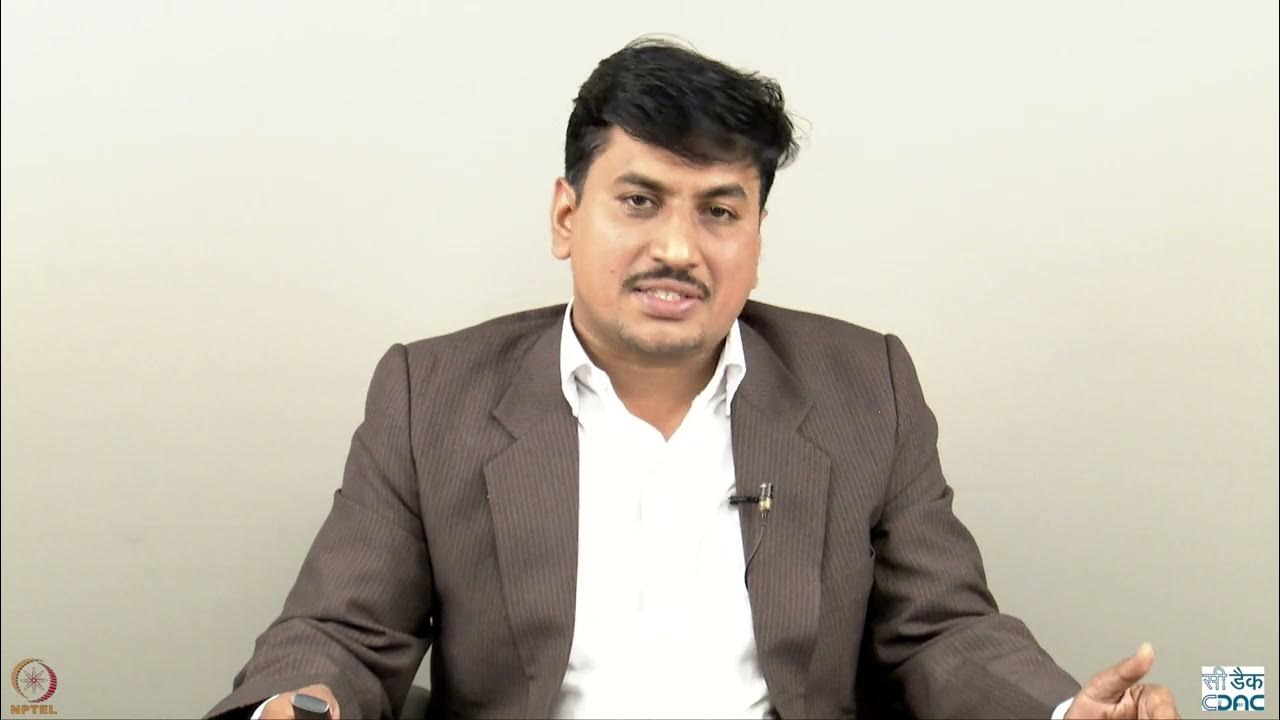#22 RTOS Part-1: What is a Real-Time Operating System?
Summary
TLDRIn this lesson on Real-Time Operating Systems (RTOS), Miro Samek introduces the concept of multitasking through the use of a Real-Time Kernel. He demonstrates how to extend a simple foreground/background architecture to allow independent execution of multiple background loops (threads) on a single CPU. The session covers key topics such as context switching, the necessity of private stacks for threads, and the implications of preserving CPU registers. Samek emphasizes the transition from manual context switching to automating the process within an RTOS kernel, setting the stage for building a custom RTOS in future lessons.
Takeaways
- 😀 The importance of communication in enhancing team collaboration and achieving organizational goals.
- 😀 Strategies for effective listening include being present, asking questions, and summarizing what others say.
- 😀 Non-verbal communication plays a significant role in conveying messages and should align with verbal communication.
- 😀 Understanding cultural differences is crucial for successful communication in diverse teams.
- 😀 Feedback is essential for personal and professional growth; providing it constructively can lead to improved performance.
- 😀 Active listening fosters a more inclusive environment where all team members feel valued and heard.
- 😀 Clear messaging minimizes misunderstandings and ensures that everyone is on the same page.
- 😀 Leveraging technology can enhance communication efficiency, especially in remote teams.
- 😀 Regular team check-ins promote accountability and strengthen relationships among team members.
- 😀 Building trust within a team is foundational for open communication and collaboration.
Q & A
What is the main focus of the video?
-The main focus of the video is to discuss the effects of urbanization on wildlife habitats and the importance of conservation efforts.
How does urbanization impact local ecosystems?
-Urbanization leads to habitat destruction, fragmentation, and pollution, which can significantly disrupt local ecosystems and threaten wildlife.
What are some specific examples of wildlife affected by urbanization mentioned in the video?
-The video highlights examples such as birds, small mammals, and amphibians that face challenges in adapting to urban environments.
What conservation strategies are suggested in the video?
-The video suggests strategies such as creating green spaces, implementing wildlife corridors, and promoting sustainable urban planning.
Why are wildlife corridors important?
-Wildlife corridors are important because they provide safe passage for animals between fragmented habitats, helping to maintain genetic diversity and reduce roadkill incidents.
How can urban communities contribute to wildlife conservation?
-Urban communities can contribute by participating in local conservation projects, planting native vegetation, and reducing pesticide use to create a more hospitable environment for wildlife.
What role do local governments play in addressing the challenges posed by urbanization?
-Local governments play a critical role by enacting policies that prioritize conservation, zoning regulations that protect green spaces, and funding for environmental initiatives.
What impact does pollution from urban areas have on wildlife?
-Pollution from urban areas can harm wildlife through contaminated water sources, air pollution, and exposure to toxic substances, leading to health issues and population decline.
What is the significance of raising public awareness about wildlife conservation?
-Raising public awareness is significant as it fosters a culture of conservation, encourages community involvement, and influences policy decisions that benefit wildlife.
How does the video emphasize the connection between urban living and wildlife?
-The video emphasizes that urban living and wildlife are interconnected, highlighting that sustainable urban development can coexist with healthy ecosystems and thriving wildlife populations.
Outlines

Этот раздел доступен только подписчикам платных тарифов. Пожалуйста, перейдите на платный тариф для доступа.
Перейти на платный тарифMindmap

Этот раздел доступен только подписчикам платных тарифов. Пожалуйста, перейдите на платный тариф для доступа.
Перейти на платный тарифKeywords

Этот раздел доступен только подписчикам платных тарифов. Пожалуйста, перейдите на платный тариф для доступа.
Перейти на платный тарифHighlights

Этот раздел доступен только подписчикам платных тарифов. Пожалуйста, перейдите на платный тариф для доступа.
Перейти на платный тарифTranscripts

Этот раздел доступен только подписчикам платных тарифов. Пожалуйста, перейдите на платный тариф для доступа.
Перейти на платный тарифПосмотреть больше похожих видео

#24 RTOS Part-3: Automating the scheduling with round-robin policy

Lecture 1 : Introduction

#18 interrupts Part-3: How interrupts work on ARM Cortex-M?

RTOS Kernel components

Week 1: Lecture 1: Introduction to Operating System.

What is Operating System? full Explanation | Introduction to operating system
5.0 / 5 (0 votes)
